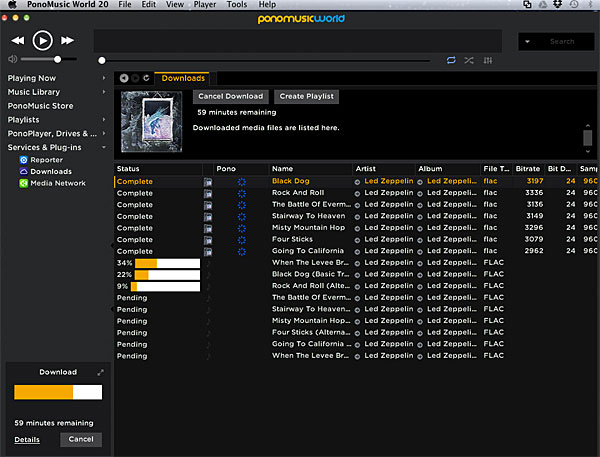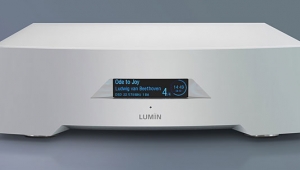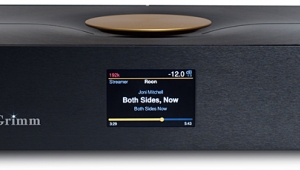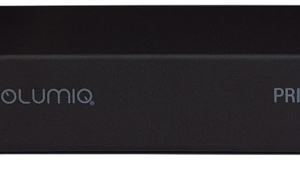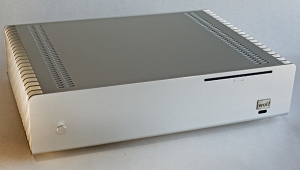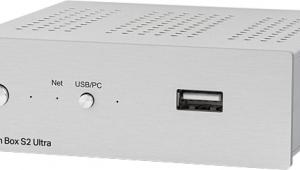| Columns Retired Columns & Blogs |
Phew, it's been a long wait but it's over now, thank you Pono & friends.
We now can have all that (recording studio) quality in the palm of our hands.
Only $400, not the $2,400 of the Astel & Kern, no-sir-ee.
Downloads: a bit higher priced but it's worth it, isn't it? ( close to $30 for 24/192 vs $12 for the low [dismal] quality 16/44)
For a $650 fully equipped set-up ( mentioned in article) a person gets superb Orchestra Hall seating whilst sitting on a free park bench in Central Park NY,NY.
Thank you Pono, you're the only one that would bring this to us.
Tony in Michigan
ps. General Motors new entry level cars are also perfect, just as good as the finest Rolls Royce, it's been the dream of GM for decades, finally realized.

